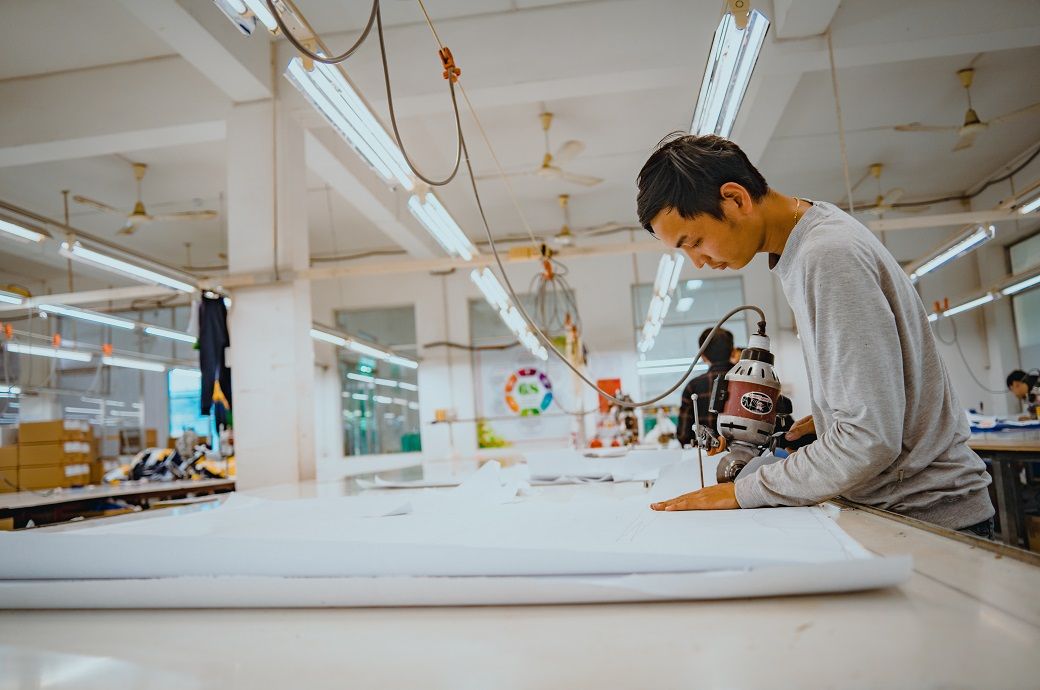
Meanwhile, cost pressures remained muted, with firms also raising their selling prices only slightly. Although remaining above the 50.0 no-change mark and thus signalling an overall strengthening of operating conditions during the month, the latest reading was the lowest in the current 13-month sequence of improvement.
Central to the overall growth moderation in October was a softer increase in new orders. Total new business was up only slightly, and to the least extent since the current expansionary period began in October 2021. Where new orders increased, this was linked to stronger demand, competitive pricing, and the securing of new customers. There were signs of demand waning, however, including with regards to exports which also increased at a softer pace.
Manufacturers continued to expand production at the start of the final quarter of the year in response to further improvements in new orders. That said, in line with the trend in new business and amid signs of demand softening, the rate of expansion eased and was at a three-month low. Rises in output were seen across consumer, intermediate, and investment goods producers.
Softer increases in output and new orders were reflected in weaker growth of purchasing activity and employment in October 2022. Input buying rose to the least marked extent in seven months, while the pace of job creation was the slowest since July. Staffing levels were still up solidly over the month, however, contributing to a reduction in backlogs of work as softer new order growth meant a lack of pressure on capacity.
Stocks of both purchases and finished goods decreased in October, reversing the increases seen in the previous survey period. The decline in pre-production inventories was in fact the most marked in 16 months amid softer growth of new orders and purchasing, while stocks of finished goods were often depleted due to a slower expansion of production.
The rate of input cost inflation ticked higher, but remained relatively modest and much softer than seen earlier in the year. Those respondents that saw input prices rise linked this to higher costs for oil, gas, raw materials, and transportation.
Output price inflation also remained muted, and actually softened slightly from September. For the third successive month, suppliers’ delivery times shortened marginally in October, representing a continued stabilisation of supply chains following a sustained period of disruption. Softer growth of input buying reportedly reduced pressure on suppliers, although there were still some incidents of delays caused by material shortages and transportation issues, S&P said.
Although expected improvements in new orders and a lack of COVID-19 disruption meant that manufacturers remained optimistic that output will rise over the year ahead, confidence dropped to a 13-month low amid some concerns around signs of waning demand.
“October PMI data provides us with the first signs that weakness in the global economy is starting to impact on growth at Vietnamese manufacturers, with both new orders and exports increasing at the weakest rates in 13 months. Worries around demand conditions also hit business confidence. That said, continued expansions in output and employment alongside muted price and supply pressures may help the sector remain in growth territory as the end of the year approaches," said Andrew Harker, economics director at S&P Global Market Intelligence.
Fibre2Fashion News Desk (NB)